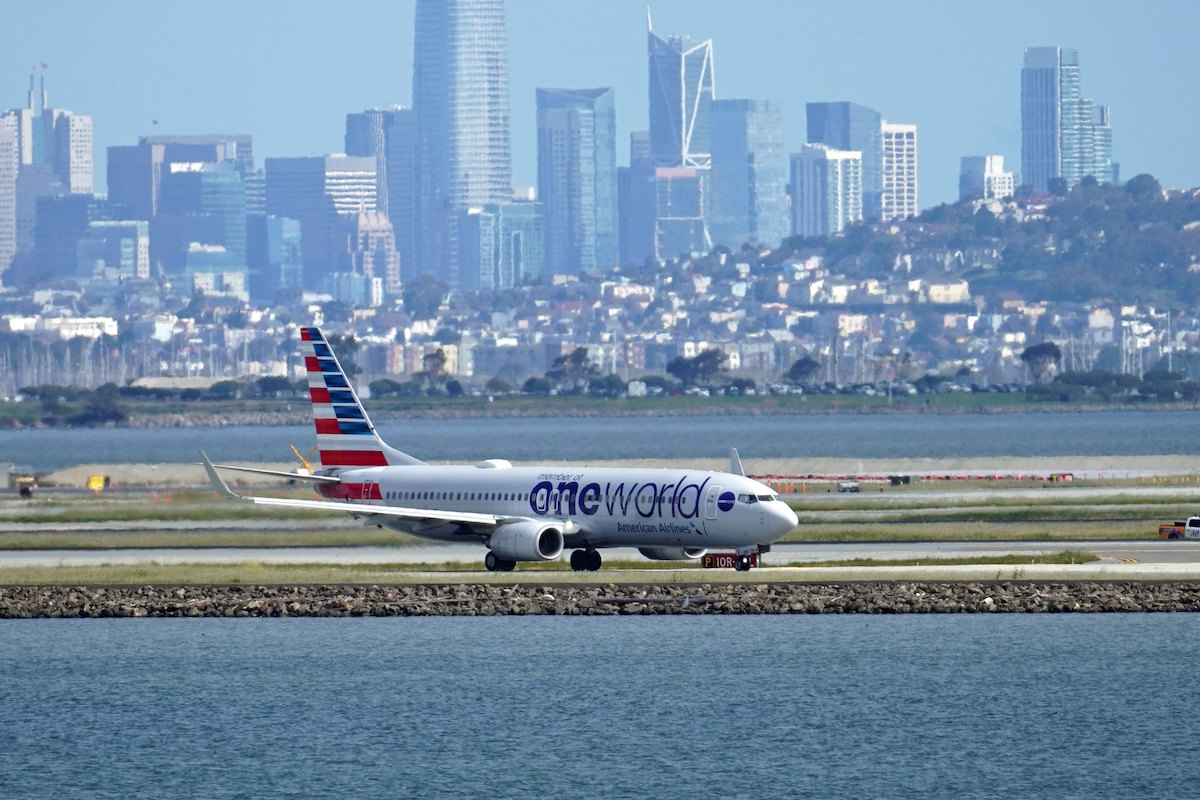Skift Take
American has thrown out its traditional playbook as blended travelers become one of its most lucrative customer segments. But will the good times continue?
The rise in blended travel is reshaping American Airlines. Travelers who combine work and leisure into one trip are not only the fastest growing segment of the carrier's business, but they are also driving changes to everything from how it sells flights to its loyalty program and big investment in premium seats.
The Fort Worth, Texas-based carrier's dramatic introduction of new so-called New Distribution Capability direct booking channels earlier this year is, in part, a response to blended travelers' demand for more control and flexibility over their own travel. Those same travelers are driving a significant increase in membership to American's loyalty program, AAdvantage, and new sign ups to its lucrative co-branded credit card agreements. In the first quarter, the airline recorded 60 percent more new AAdvantage accounts than four years earlier.
"The more that we can give [customers] a contemporary retailing experience, like what they get [with] anything else they buy, the more value," American Chief Commercial Officer Vasu Raja said during a first-quarter earnings call Thursday.
Blended travel — when travelers tack on vacation to their business trips — has taken about 15 percentage points of share, for a total of about 35 percent of all bookings at American, from pure corporate travel, he said. And that shift is significantly more lucrative for the airline: "The blended yields we see coming in are 8-10 percent higher than the very
